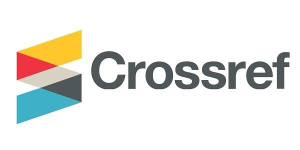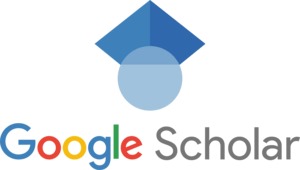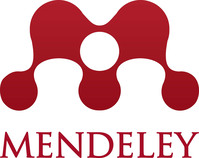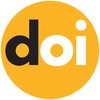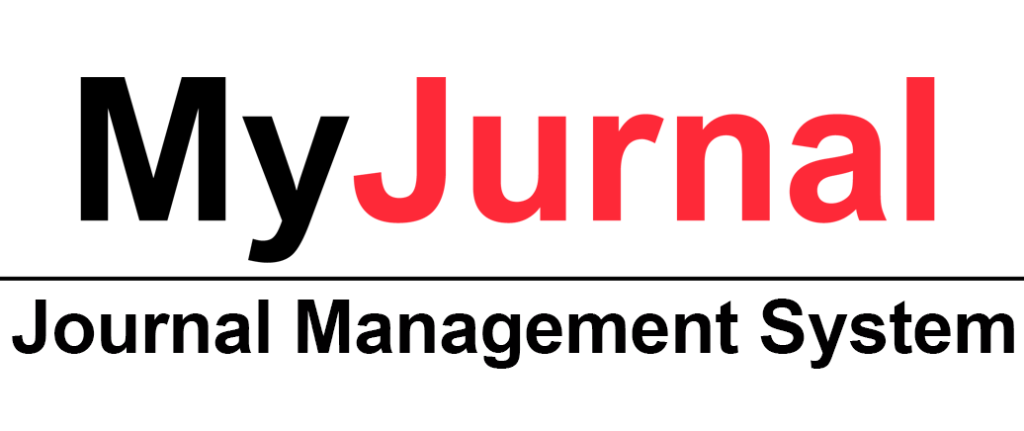Enhancing Student Engagement and Learning Outcomes in TLE 9 Cookery Through the Use of Moodle as an Adaptive Learning Tool
DOI:
https://doi.org/10.31436/ijes.v13i2.617Keywords:
Moodle, Adaptive Learning, Technology and Livelihood Education (TLE), student engagement, Technology Acceptance Model (TAM)Abstract
This study examines the effectiveness of the Moodle platform as an adaptive learning tool in
enhancing student engagement, learning outcomes, and attitudes toward technology among Grade 9
Technology and Livelihood Education (TLE) Cookery students at B. Durano Integrated School in
Danao City, Cebu, Philippines. Sixty Grade 9 students enrolled in TLE Cookery were randomly
selected and assigned to either the experimental group (n=30), which received Moodle-based
instruction, or the control group (n=30), which experienced traditional teaching methods. Academic
achievement was measured using teacher-made pre-test and post-test assessments, while student
perceptions of Moodle were evaluated via a validated questionnaire based on the Technology
Acceptance Model (TAM), which assessed perceived usefulness, ease of use, computer self-efficacy,
attitude, and intention to use. Quantitative data were analysed using independent samples t-tests to
determine differences in learning gains, and descriptive statistics summarized TAM-related
responses. Results indicated that students in the Moodle group achieved significantly greater
improvement in post-test scores compared to the control group (p < 0.05). Additionally, Moodle users
reported strong positive perceptions and high acceptance of the platform across all TAM dimensions.
These findings highlight the value of incorporating adaptive digital platforms like Moodle in skill
based education, providing evidence that such tools can promote academic success, engagement, and
positive attitudes even in resource-limited environments.
Metrics
Downloads
Published
How to Cite
Issue
Section
License
Copyright (c) 2025 IIUM Press, International Islamic University Malaysia

This work is licensed under a Creative Commons Attribution 4.0 International License.
The Journal will own copyright to all published works and have the right of first publication, both in print and online, unless other arrangements are made with the Editors in advance. It is the author`s responsibility to ensure that where copyright materials are included within an article the permission of the copyright holder has been obtained beforehand.





